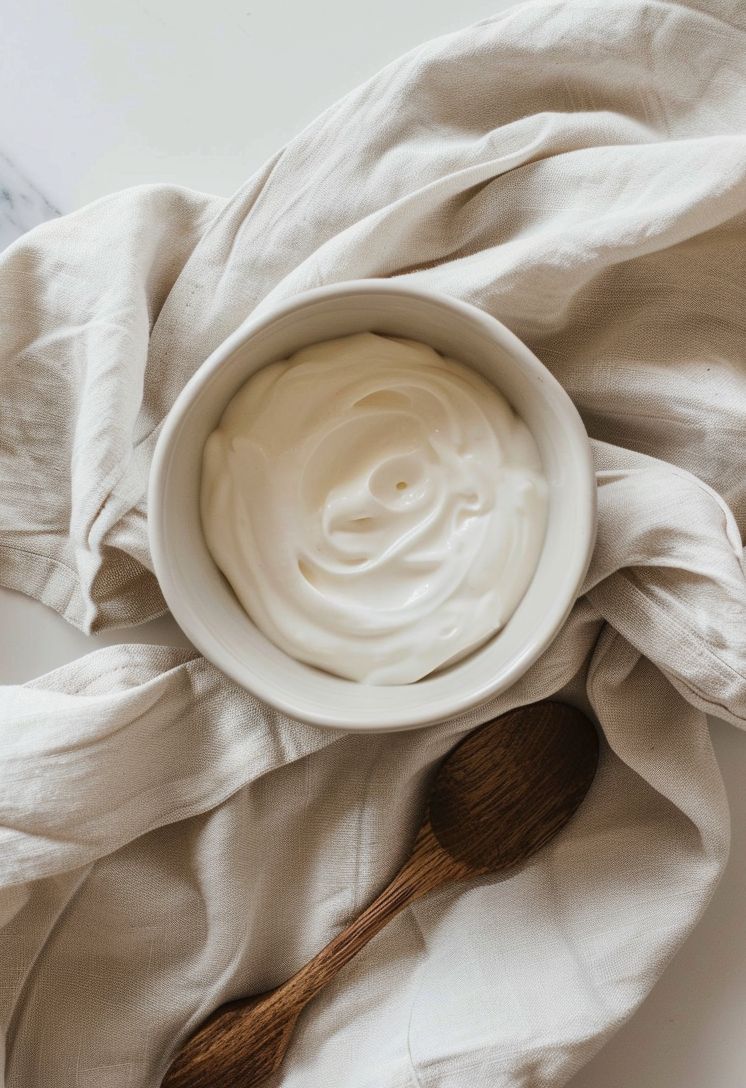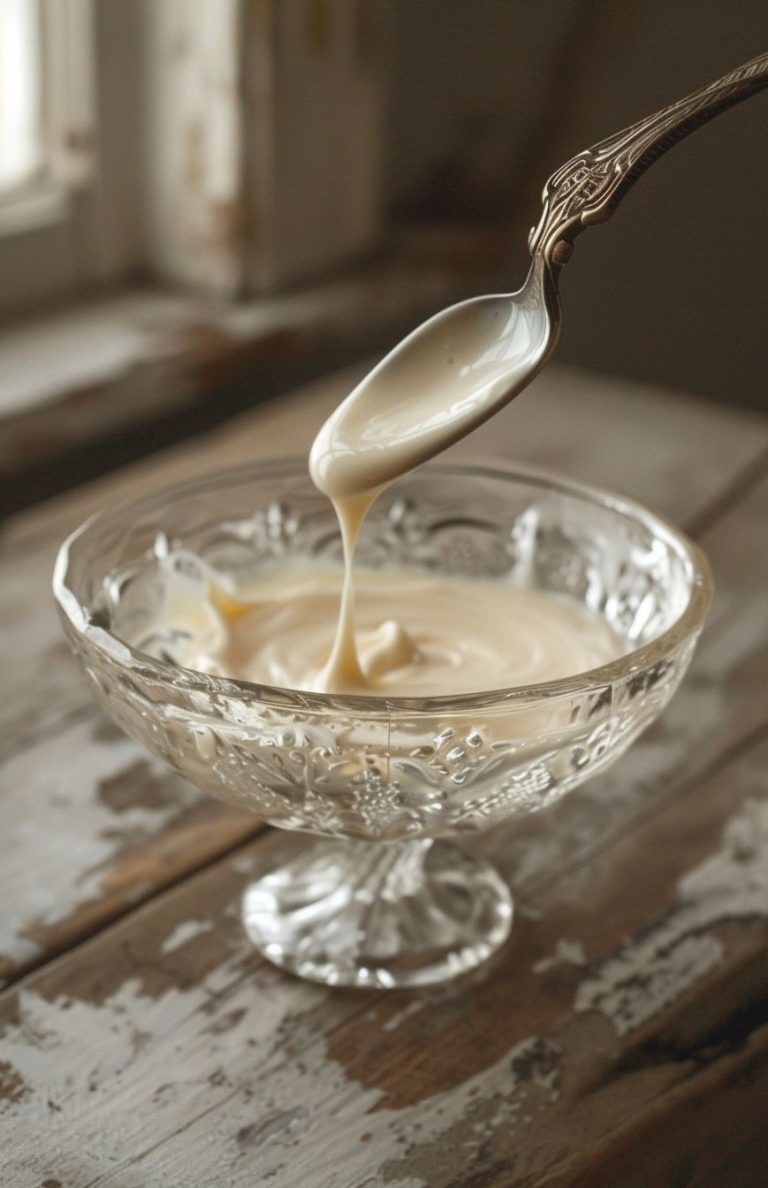French vs American Butter: What’s the Difference?
We may earn a commission through all links on this website. As an Amazon Associate, we earn from qualifying purchases.Butter – it’s a key ingredient in many beloved French recipes. Yet many people notice that their food tastes slightly different when made in the United States versus in France. Sometimes this is due to the butter used.
Did you know there are actually quite a few differences between French butter and American butter?
French and American butter may appear similar on the surface, but underneath lies a world of disparity. Plus, artisanal and specialty butter in both France and the United States may exhibit unique characteristics that set them apart even more from mass-produced options.
Dairy Farming
France is renowned for its high-quality dairy products, and French butter is often associated with rich and creamy flavors. The country’s long tradition of dairy farming and cheese production contributes to the quality of its butter.
Culturing Process
Some French butter, especially those labeled as “cultured” or “European-style,” may undergo a fermentation process that involves allowing the cream to sour slightly before churning. This can contribute to a more complex flavor profile.
While some artisanal and specialty butter in the U.S. may use a similar culturing process, most mass-produced American butter is sweet cream butter, meaning it’s made directly from fresh cream without fermentation.
Butterfat Content
The first and perhaps most crucial divergence between the two is the butterfat content.
French butter often contains a higher fat percentage, usually around 82% or more, as compared to the 80% typically found in American butter.
This might seem insignificant, but it translates to a richer, creamier taste and a softer texture that easily melts in the mouth.
Flavor
The next noticeable difference is in the flavor. French butter, particularly the cultured or fermented kind, has a distinct tanginess resulting from the fermentation process.
Butter in the United States varies due to the country’s vastness. It’s generally more processed than in France. Because it must appeal to a wider customer base, the flavor is duller.
Color
The butter’s hue is another giveaway. French butter boasts a deeper yellow color due to the cows’ diet, rich in beta-carotene.
Salt Content
French butter may be unsalted or lightly salted. Unsalted butter is commonly used in French baking to allow for more precise control of salt levels in recipes.
Both unsalted and salted varieties are readily available in the United States. The choice between salted and unsalted butter is often left to the consumer or the requirements of a recipe.
Labeling Standards
In France, there are strict regulations and standards for butter production, and certain designations like Butter AOC (Appellation d’Origine Contrôlée) are used to indicate a specific geographical origin and production method.
The United States has its own standards for butter, but the regulations may not be as specific or standardized as those in Europe.




